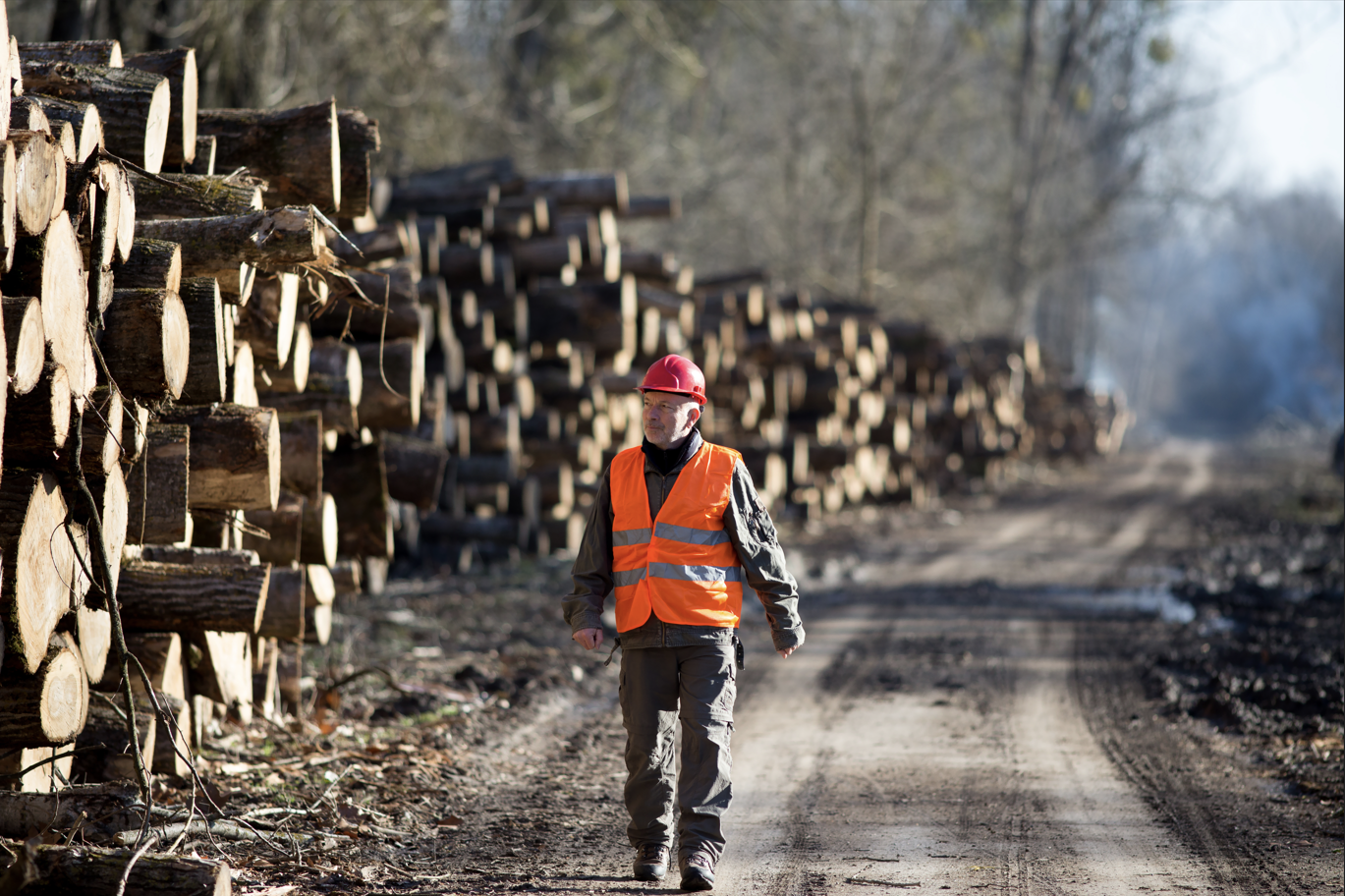Remember in my first video when I claimed the mill produced two products, pulp and paper?
There’s more!
Tall Oil and Turpentine are two critical by-products derived from the pulping process. Let’s dive further into these products and other substances my department, technical services (or TSD), tests at the mill.
Turpentine is produced naturally by trees. This terrible tasting liquid and useful solvent was dubiously used as a miracle cure further back in history, but today, the turpentine isolated in the mill is sold as a green chemical feedstock.
Crude tall oil is derived from a soapy substance skimmed off black liquor, like cream skimmed off milk. This renewable resource is increasing in demand thanks to its use as a biofuel, but tall oil derivatives already can be found in soaps, inks, adhesives, and a lot more. TSD measures its acid number (which is related to pH), and residual soap.
But what is black liquor, this substance that contains tall oil? I like to think of this sticky goo as a wood chip tea: in the digester, or ‘teapot’, lignin and resinous substances infuse into the simple mixture of NaS and NaOH that makes up white liquor, or your ‘boiling water’. Wood chips and white liquor make dangerous tea, however, so TSD measures the impurities, solids, and remaining useful chemicals before the goo is turned back into white liquor. An intermediate in the process is green liquor, which isn’t all that green, but the black title was already taken.

Monitoring all the liquor streams in and out of the digester/teapot is critical for pulp quality and process control, so in the 90’s, the very first commercial analyzer using the Canadian-invented FT-NIR technology was installed in the mill. This powerhouse of a liquor measurement system is still in service today.
As a part of routine operation, TSD double-checks online sensors like the FT-NIR analyzer to make sure they’re properly calibrated. This testing involves a lot of titrations; everything from the useful chemicals remaining in black liquor to the kappa number, which measures the lignin remaining in pulp, can be measured by titration. Lignin makes paper brown, so like your golf score or the days until the weekend, the smaller the number, the better.
Liquor, Lignin and Loss on Ignition
Reburnt lime is another sample TSD titrates for what’s called the Rapid Sugar Test. Lime, or CaO, reacts with green liquor to produce white liquor, and the lime mud that is left over reacts in the lime kiln. The result is reburnt lime. TSD mixes a sample with sugar and water, but as delicious as it sounds, this is no limeade. The mixture is, in fact, basic (and deadly to ingest), so it’s titrated with acid to calculate the percent of available CaO in the sample.
“When life gives you CaO, you make limeade.” - whoever came up with Rapid Sugar Test
The beverage analogies will end here, because sewer testing deserves some attention too. Ensuring that the effluent treatment process functions well is critical, so TSD measures the mill’s sewers’ solids content, nutrient levels, oxygen demand, and more. In my previous post about water quality, I mentioned the spoiled bugs in the oxygen reactor. TSD helps babysit these microorganisms through microscopy. From stalked ciliates (the ones below were spotted in July) to the stringy-looking filaments to the transparent-tummied rotifers and whatever’s wiggling about inside them, the quantity and identity of the microorganisms on a slide reveal plenty about the sludge they call home.


Wood type can also be identified under the microscope. A good analyst can distinguish birch from aspen using the long, spindly fibers and dotted vessels shown in the hardwood close-up below.

Microscopy can be used in other parts of the process as well; the last image shows stone cells, a type of particulate matter found in inner bark, from pulp cleaner rejects. Stone cells can create weak spots in paper, so they’re spun to the bottom of the cyclone cleaners along with dirt and other contaminants before the pulp reaches the paper machine.

From liquor to lignin to lime, the TSD technicians test samples from every corner of the mill to ensure that the facility upholds its reputation for top-quality products, so the next time you enjoy some citrus-based limeade or proper tea, raise your glass to TSD.
Sources:
https://newsroom.domtar.com/tall-oil/
https://www.pulpandpapercanada.com/ft-nir-spectroscopy-shedding-light-on-process-chemistry/
https://www.britannica.com/topic/turpentine
https://www.atlasobscura.com/articles/is-turpentine-medicine










.jpeg)

